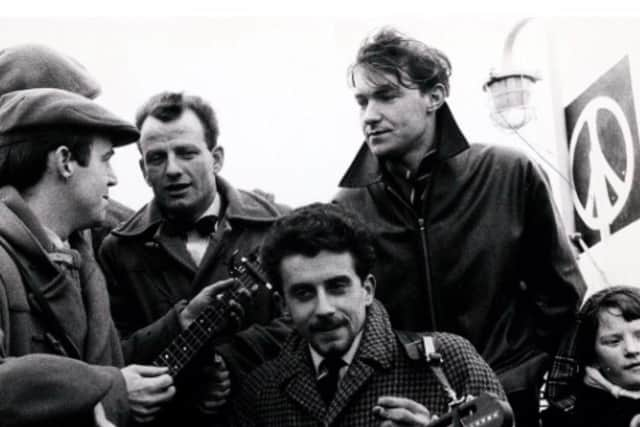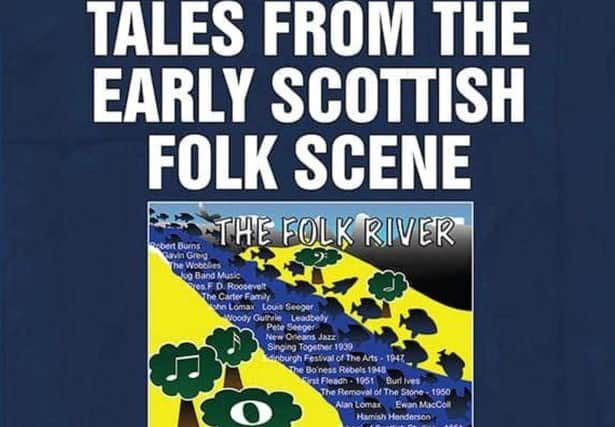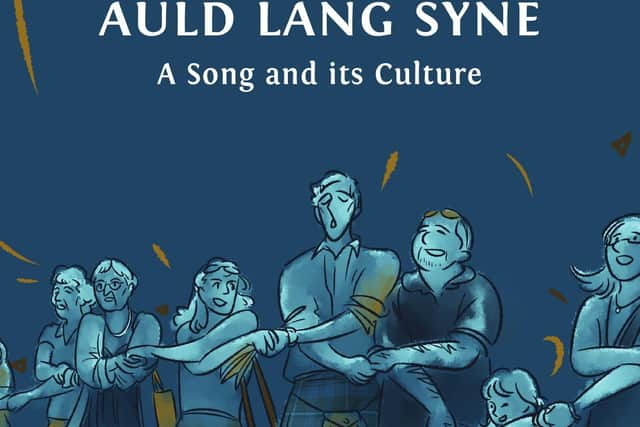Book reviews: The Folk River: Tales from the Early Scottish Folk Scene | Auld Lang Syne: A Song and Its Culture


The funerals in 2019 of influential Glasgow singers and teachers Gordeanna McCulloch and Anne Neilson prompted singer and former folk club organiser Fraser Bruce to start gathering, urgently, the recollections of those involved in the earliest days of the Scottish folk revival.
By his own confession, Bruce is “not a natural author”, and he really should have engaged a decent editor and proof-reader. However, what he has assembled is truly invaluable if occasionally opinionated, chronicling the early days of the Fifties and Sixties, when folk clubs became a rapidly spreading, song-centred phenomenon.
Advertisement
Hide AdToday, as countless young hopefuls spring blithely from traditional music courses, Bruce’s book is a necessary reminder of that period and the legacy of those, still with us or otherwise, who shaped it – the likes of the influential school ballad clubs run by Norman Buchan MP and Morris Blythman – aka “Thurso Berwick”, the latter’s songwriting collective fashioning irreverent ditties for the anti-Polaris “Glesga Eskimos”.


Complemented by excellent archive photographs, the book spotlights such figures as the Corries, singer and broadcaster Jimmie McGregor, Gaelic singer Dolina McLennan and singer-songwriters such as Matt McGinn, Jim McLean, Josh McRae and Nigel Denver as well as “Broomhill Bums” Hamish Imlach, Ewan McVicar and Archie and Rae Fisher. In Fife the late John Watt left detailed records of the Dunfermline Howff club while Pete Shepheard recalls a doughty struggle to mount the first Blairgowrie Festival. And who remembers the McEwen brothers, Rory and Alex, catalytic during the early Sixties?
Paramount, however, Bruce argues, was the unique convergence of influences – American folk, skiffle, protest, Traveller singers, traditional Scots and Irish song, even children’s broadcasting: “Nobody planned it.”
One song only, evolving through the centuries across changing social and cultural contexts, is the subject of musicologist Morag Grant’s forensically researched Auld Lang Syne: a Song and Its Culture. Complete with notated and QR-coded audio examples, Grant’s book deals with the 15th-century roots and evolution of a song which, licked into shape by Robert Burns, by the 19th century was becoming internationally ubiquitous, its popularity boosted by Scotland’s impact on European romanticism. Innumerable arrangers have had their way with it, from Beethoven and Haydn to Nellie Melba and Jimi Hendrix.
Her explanation of the linked arms associated with its communal singing, she attributes to Freemasonic ritual, while the advent of broadcasting and recording established its New Year credentials. The song’s sentiments of auld acquaintance, she concludes, will gather further “layers of meaning and significance” in the years to come, as it continues to be “a song held in common by us all.”


The Folk River: Tales from the Early Scottish Folk Scene, by Fraser Bruce, Traditional Arts Development, 354pp, £25
Advertisement
Hide AdAuld Lang Syne: A Song and Its Culture, by MJ Grant, Open Book Publishers, 335pp, £26.95
A message from the Editor
Thank you for reading this article. We're more reliant on your support than ever as the shift in consumer habits brought about by coronavirus impacts our advertisers.
If you haven't already, please consider supporting our trusted, fact-checked journalism by taking out a digital subscription at https://www.scotsman.com/subscriptions